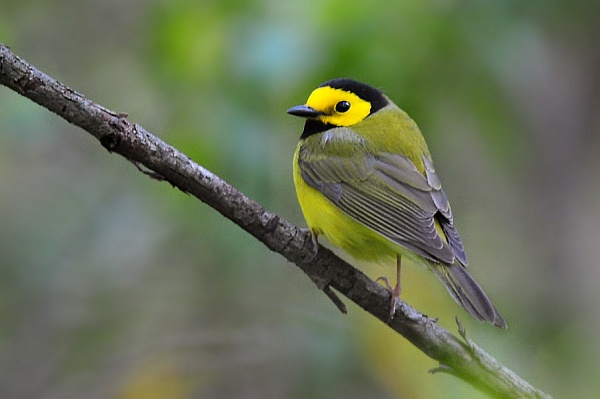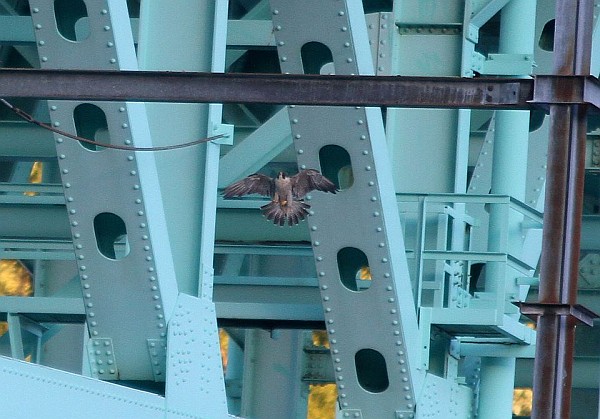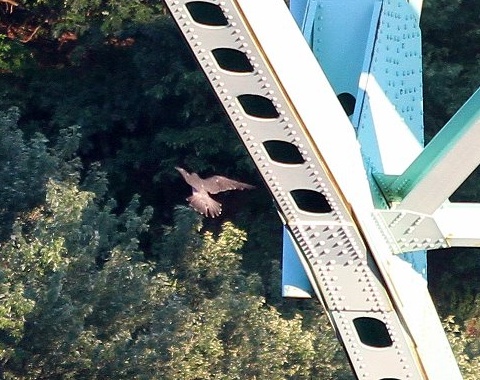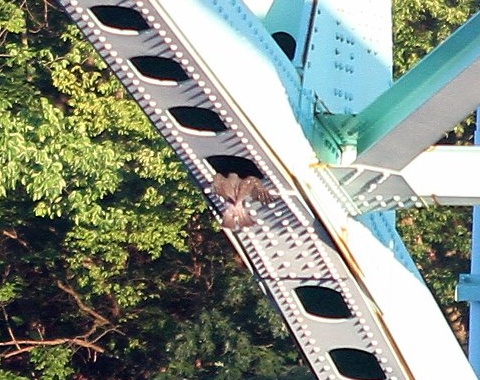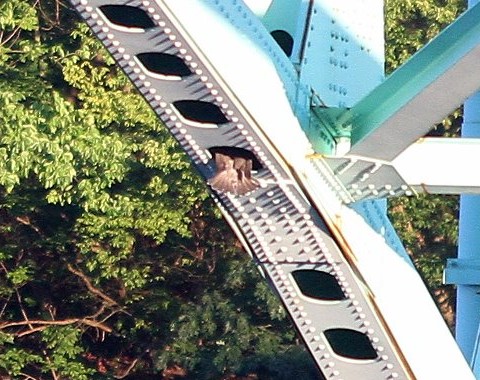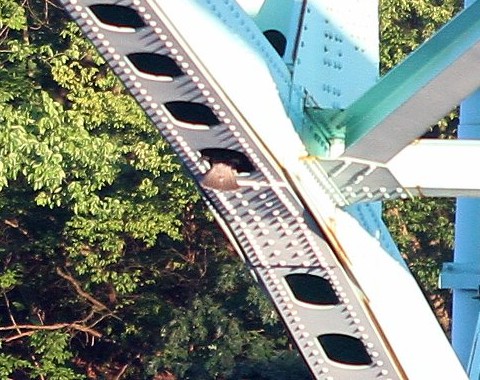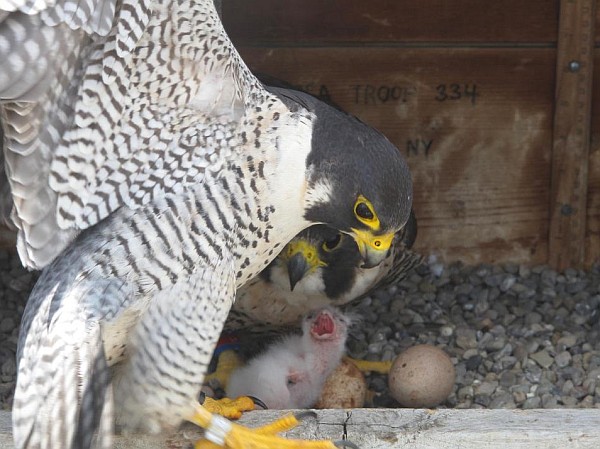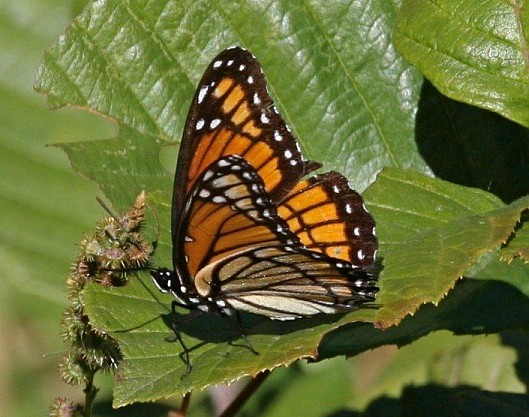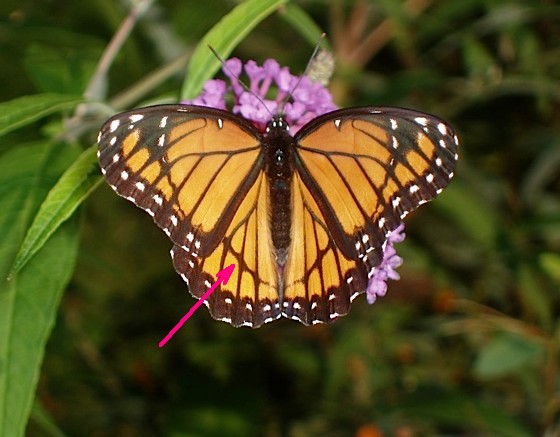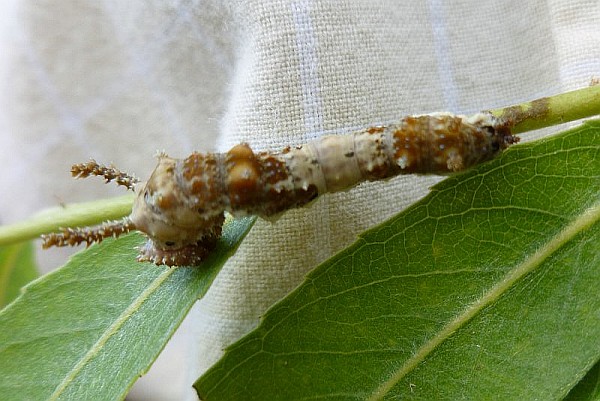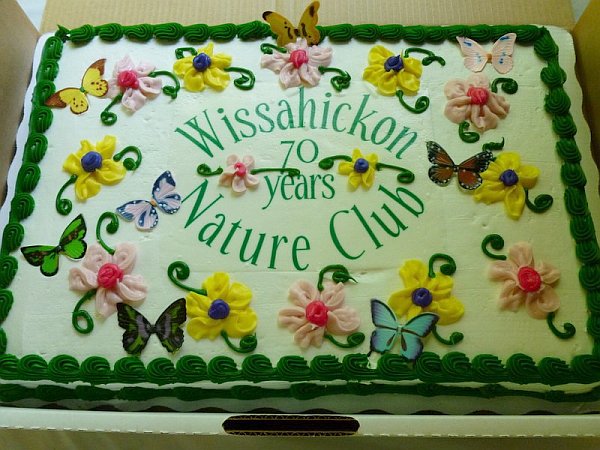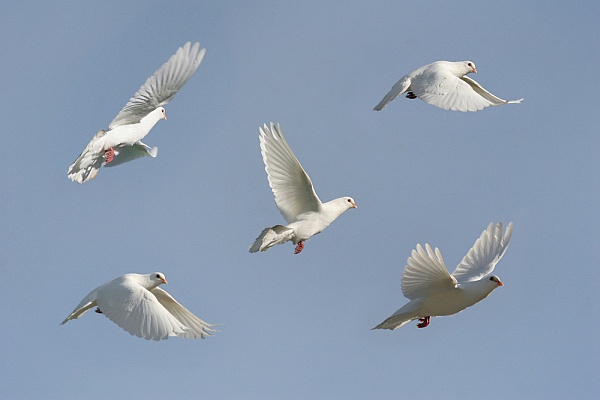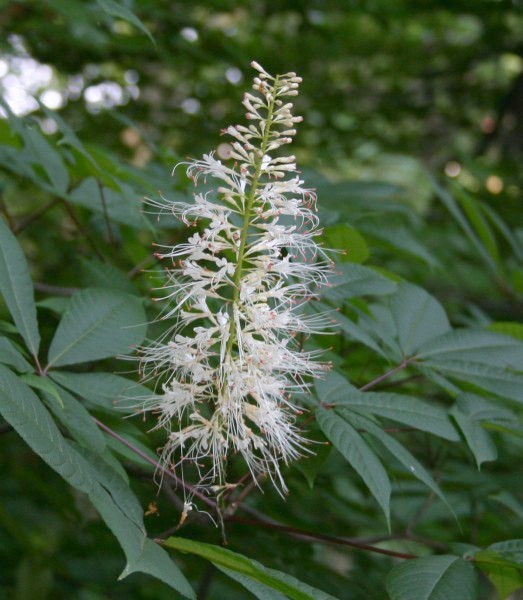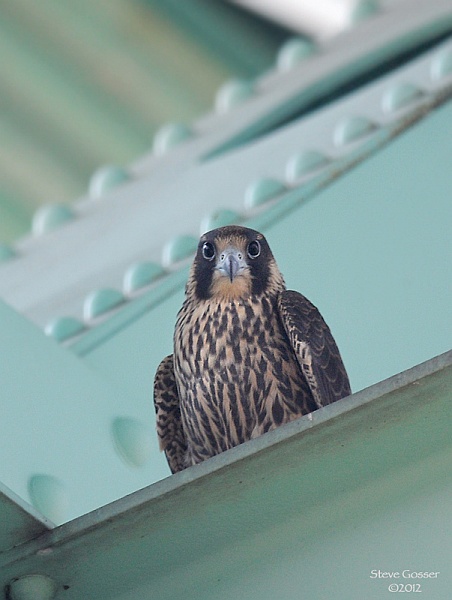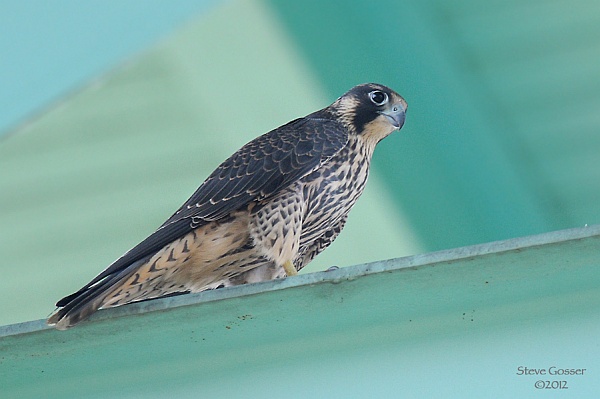
If you look closely at the mark on this fifth floor window of Craig Hall you can see it’s the shape of a bird with long wings. In fact it’s the shape of a peregrine, one of the young peregrines who hatched at the Cathedral of Learning this spring.
Sadly, “Blue” died instantly at 9:15am when he hit this window and broke his neck. His imprint tells the tale.
At 9:20 I received a call from Anne Marie Bosnyak who works next door at the University Technology Development Center. Someone in her building had seen the accident happen. Using binoculars from a second floor window, they could see his body on Craig Hall’s lower roof. They weren’t sure if it was a peregrine… but they thought so.
Even though I knew he was dead I rushed over to Anne Marie’s office to make sure.
Poor Blue. He didn’t know what hit him. He saw the endless sky reflected in the glass. He thought there was a gap that he could fly through but it was an illusion. All mirrors.
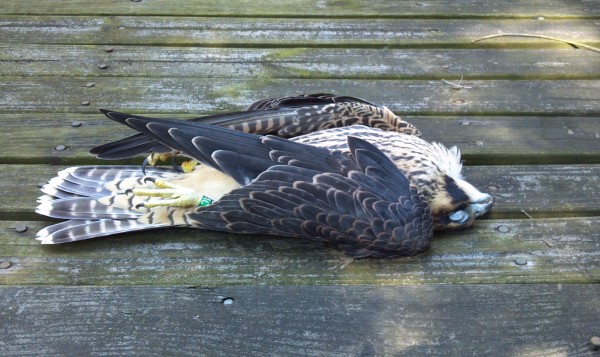
As I’ve said before, windows kill.
Windows kill more birds than windmills do.
Sadly, they kill young peregrines.
(photos by Kate St. John)
